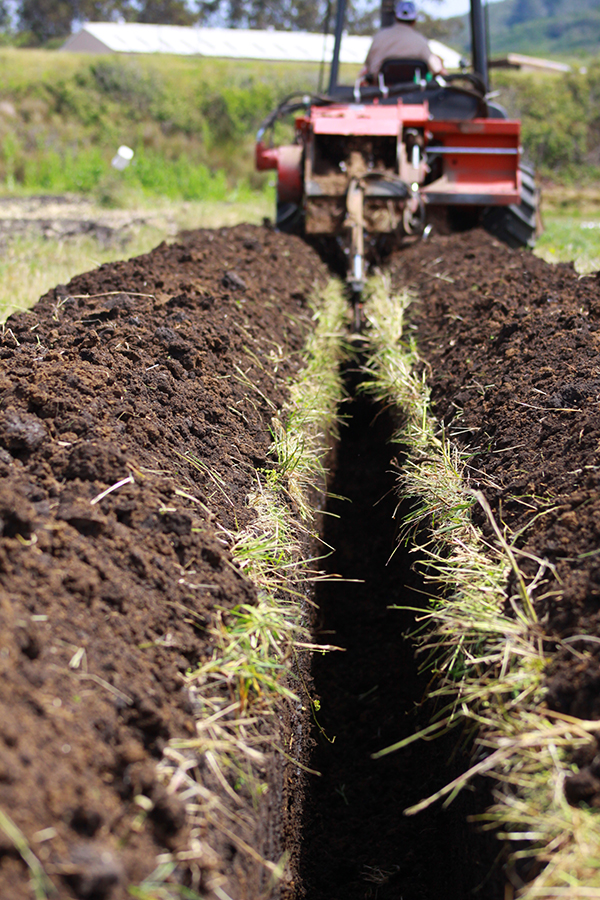Good Earth Project
Abstract
The Good Earth project strives to provide integrated benefits at a landscape level. This innovative demonstration project aims to build rangeland and soil health, increase forage yield on a working ranch, sequester carbon from the atmosphere, manage weeds, reestablish native vegetation, reduce erosion, improve drought resilience, improve water quality in adjacent water bodies, restore habitat, and reduce the risk of wildfire by eradicating invasive eucalyptus trees and converting them into soil amendments. All work performed and materials used for and derived from this project will take place on-site.
Project Description
Invasive species are a huge threat to California’s biodiversity, second only to habitat loss. Numerous eucalypt species have become integrated into California flora, including the Tasmanian blue gum (Eucalyptus globules). Established blue gum stands often heavily impact plant community structure, hydrology, sedimentation and erosion, and nutrient cycling. Economic impacts are also common. Rangeland forage and health declines when blue gums outcompete native grasslands and ecosystems. Extensive areas of rangeland in California’s Central Coast have been impacted, resulting in degraded forage systems. Blue gums also generate higher fuel loads than native plants and increase wildfire hazards.
We will investigate and compare at least three approaches to converting the eucalyptus: (1) chipping and composting the biomass, (2) chipping and inoculating with mycelia for faster breakdown, and (3) pyrolysis of biomass to create biochar.
We expect that the project will be able to demonstrate principles in 3 primary categories:
1. Operational. The project will answer operational questions about how to remove Blue Gum Eucalyptus stands, including costs, preferred equipment and access, minimizing impacts to cattle and other ranch operations, techniques for creating the soil amendments, techniques for revegetation and habitat restoration, etcetera. The project may also explore the possibility of environmental markets for the eradicated Eucalyptus material.
2. Regulatory. The project will identify opportunities to minimize burdens associated with permitting in the highly regulated coastal zone of California, such as general permits and permit exemptions where applicable. All required permits will be secured.
3. Resource benefits. Blue Gum Eucalyptus stands displace native habitat, consume significant amounts of water, and contribute to high risk of wildfire. The project will conduct pre- and post-implementation monitoring to help understand changes in native plant composition, wildlife, habitat, ecosystem process, soil health, erosion, water quality in nearby waterbodies, etcetera.
Project Area
The current focus is on ranchlands in Pescadero, in coastal San Mateo County. This is a priority project area for a number of reasons. The watershed is listed as impaired by excessive sediment under the Clean Water Act, it is home to multiple threatened and endangered species in need of habitat protection and restoration, state and federal resource agencies have identified the need for water conservation and better water management as priorities for the ability of endangered salmon species to survive low creek flows, there are accessible ranchlands on which to do the work with willing landowner partners, and local ranchers seeks ways to improve drought resilience and improved forage.
Recommended resource management strategies for the watershed consistent with the goals of this project are included in the Ag and Rural Lands Plan of the Monterey Bay National Marine Sanctuary, the 2003 Pescadero Watershed Assessment, the development of Total Maximum Daily Loads by the Regional Water Quality Control Board, and state and federal species recovery plans for steelhead and coho salmon.
Partners:
- USDA Natural Resources Conservation Service
- Point Blue Conservation Science
- others to be confirmed- stay tuned
RCD Contact: Adria Arko

Photo credit: Risa Robins Moloney
